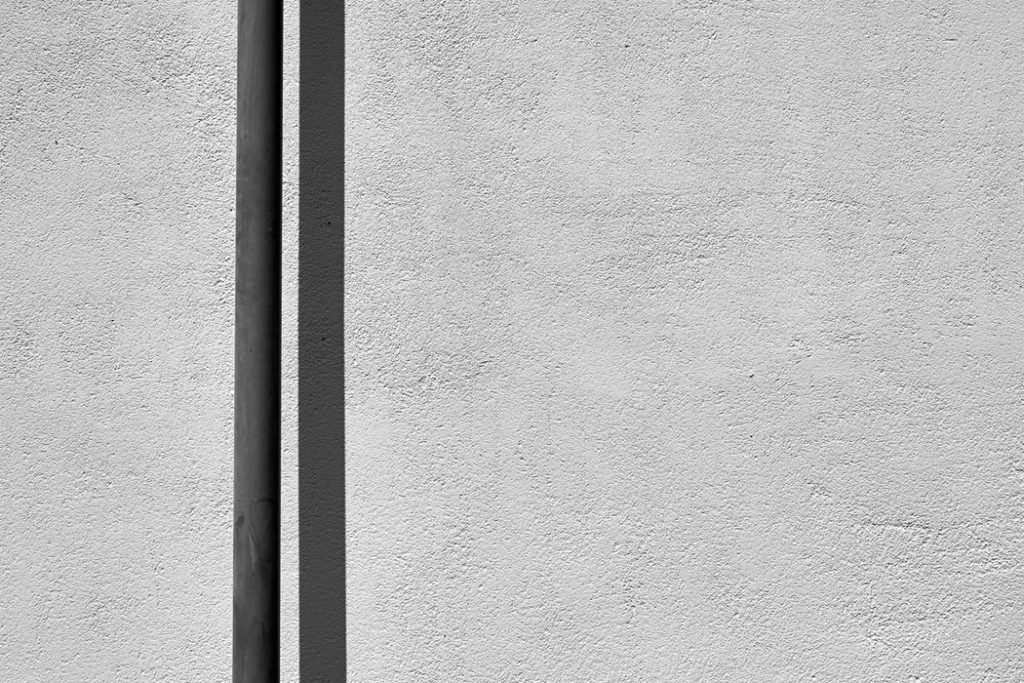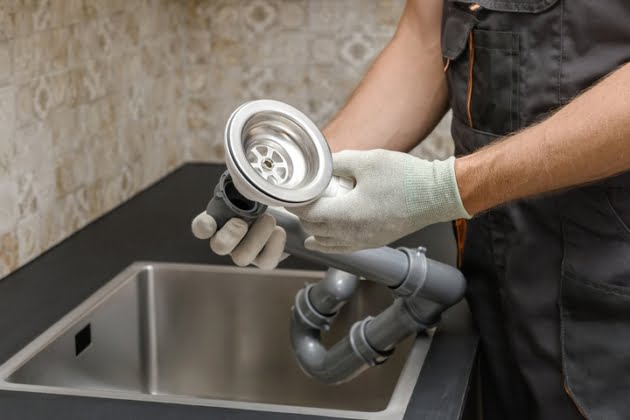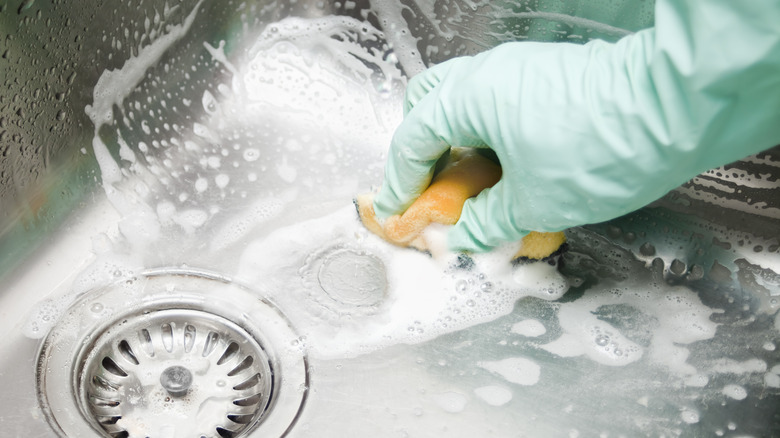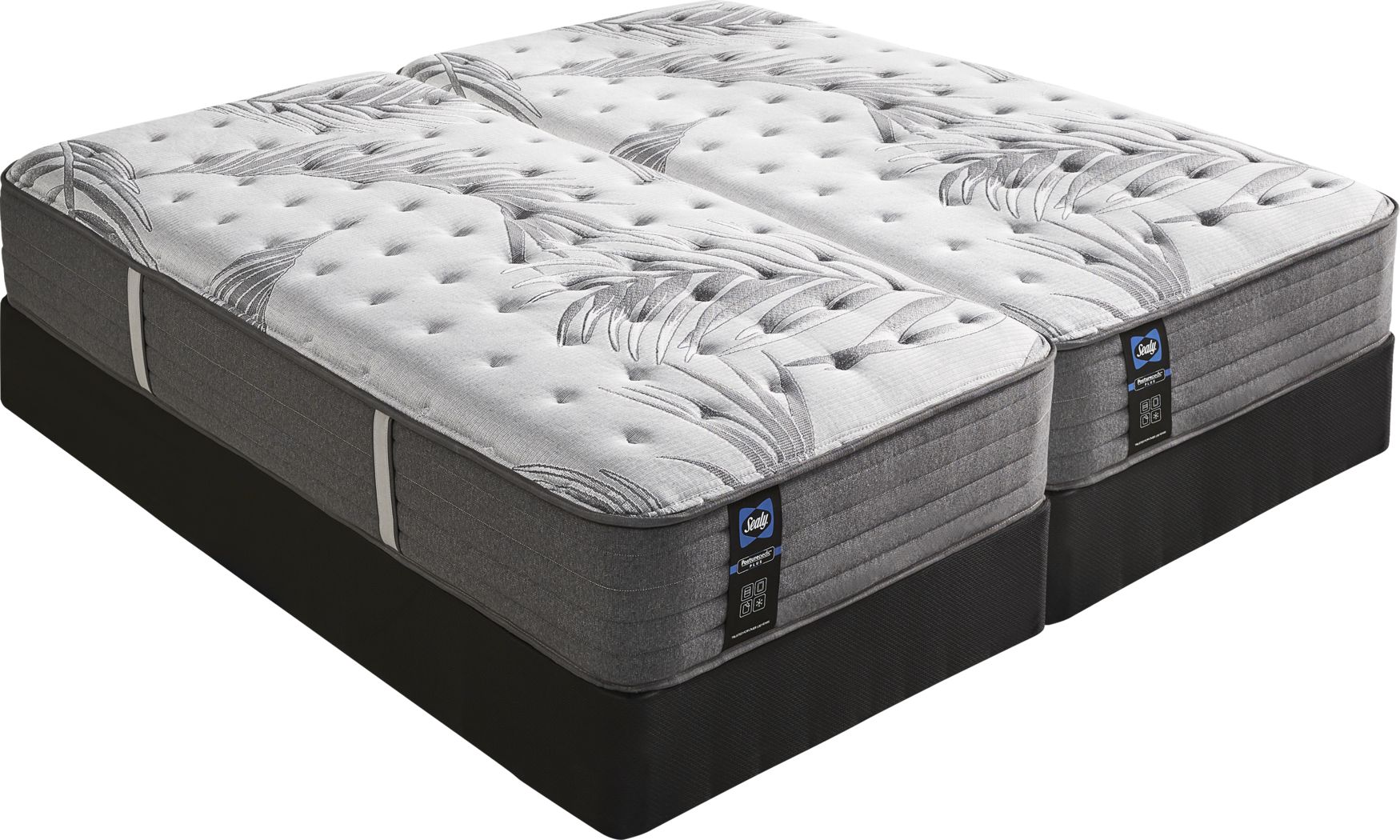If you're looking to upgrade your kitchen or simply need to replace an old drain system, installing a kitchen sink drain system is a task that can easily be done on your own. With a few tools and some basic knowledge, you can have your new drain system up and running in no time. Follow these steps to learn how to install a kitchen sink drain system. Step 1: Gather Your Materials Before you begin, make sure you have all the necessary materials. This will include your new drain system, plumber's putty, a wrench, and some plumber's tape. You may also need a screwdriver and a hacksaw depending on the type of drain system you are installing. Step 2: Remove the Old Drain If you are replacing an old drain, you will need to remove it first. This can usually be done by unscrewing the nuts and gaskets that hold the drain in place. Use a wrench to loosen these and carefully remove the old drain. Step 3: Clean the Area Before installing your new drain, make sure the area is clean and free of debris. This will help ensure a proper seal between the drain and the sink. Step 4: Apply Plumber's Putty Take a small amount of plumber's putty and roll it into a thin rope. Place this around the rim of the drain opening in the sink. This will help create a watertight seal between the sink and the drain. Step 5: Install the Drain Place the drain into the opening, making sure it is aligned properly. Then, from underneath the sink, secure the drain using the nuts and gaskets provided with your new drain system. Use a wrench to tighten these securely. Step 6: Connect the P-Trap The P-trap is the curved piece of pipe that connects the drain to the main plumbing line. This is an essential part of the drain system as it prevents sewer gases from entering your home. Connect the P-trap to the drain and the main plumbing line using plumber's tape and a wrench.How to Install a Kitchen Sink Drain System
Clogged kitchen sink drains can be a major inconvenience, causing water to back up and making it difficult to wash dishes or use your sink. Here's how to unclog a kitchen sink drain system using common household items. Step 1: Boil Water The first step in unclogging your kitchen sink drain is to boil a pot of water. This will help loosen any stuck debris and clear the drain. Step 2: Use Baking Soda and Vinegar Mix 1/2 cup of baking soda with 1/2 cup of vinegar and pour it down the drain. Let it sit for about 10 minutes, then pour the boiling water down the drain. The chemical reaction between the baking soda and vinegar will help break down any clogs. Step 3: Plunge the Drain If the clog is still there, try using a plunger to push it through. Make sure to cover the overflow opening with a wet cloth to create a seal and create more pressure. Step 4: Use a Drain Snake If the plunger doesn't work, a drain snake can help break up and remove any stubborn clogs. Insert the snake into the drain and turn the handle clockwise to break up the clog. Step 5: Call a Professional If none of these methods work, it may be time to call a professional plumber. They have specialized tools and techniques to unclog stubborn drains and can help prevent future clogs.How to Unclog a Kitchen Sink Drain System
There are several types of kitchen sink drain systems available on the market, each with its own benefits and drawbacks. Here are the most common types of kitchen sink drain systems to help you choose the right one for your needs. 1. Traditional Strainer and Basket Drain This is the most common type of kitchen sink drain system, consisting of a strainer and basket that fit into the drain opening. It is easy to install and maintain, but may not be as effective at preventing clogs. 2. Disposal Flange Drain This type of drain is specifically designed for use with garbage disposals. It has a larger opening and a flange that fits over the disposal, making it easier to dispose of food waste. However, it may be more difficult to install. 3. Pop-Up Drain A pop-up drain has a lever or knob that, when pressed, opens or closes the drain. This can be convenient for filling up the sink with water, but may be prone to clogs and can be more challenging to fix. 4. Dual Drain Assembly This type of drain system has two separate drains, one for the sink and one for the garbage disposal. It is more expensive and complex, but can be beneficial for preventing clogs and making repairs.Types of Kitchen Sink Drain Systems
While kitchen sink drain systems are designed to last for years, they can still experience problems. Here are some of the most common issues you may encounter with your kitchen sink drain system. 1. Clogs Food particles, grease, and other debris can build up in your drain and cause clogs. Regular maintenance and proper use can help prevent this issue. 2. Leaks If the nuts and gaskets holding your drain in place become loose, it can cause leaks. Tightening them with a wrench can usually solve this problem. 3. Foul Odors Sewer gases can enter your home through a faulty P-trap or a dry trap. Pouring water down your drain can help create a seal and eliminate these odors. 4. Corrosion Over time, the metal components of your drain system can corrode and wear out. This can lead to leaks and other issues and may require replacement.Common Problems with Kitchen Sink Drain Systems
Proper maintenance is key to keeping your kitchen sink drain system running smoothly. Here are some tips to help you maintain your drain system and prevent problems. 1. Avoid Pouring Grease Down the Drain Grease can solidify and cause clogs in your drain. Instead, pour it into a container and dispose of it in the trash. 2. Use a Drain Cover A drain cover can help prevent larger food particles from going down the drain and causing clogs. 3. Clean Your Drain Regularly Using a mixture of baking soda and vinegar can help keep your drain clean and prevent clogs. 4. Avoid Chemical Drain Cleaners Chemical drain cleaners can be harsh and may damage your pipes. Instead, use natural methods or call a professional plumber for stubborn clogs.How to Maintain a Kitchen Sink Drain System
If your kitchen sink drain system is beyond repair, you may need to replace it. Here's how to do it yourself. Step 1: Remove the Old Drain Follow the steps outlined in the first section to remove the old drain. Step 2: Clean the Area Make sure the area is clean and free of debris before installing the new drain. Step 3: Install the New Drain Follow the steps outlined in the first section to install the new drain.Replacing a Kitchen Sink Drain System
When choosing a kitchen sink drain system, consider your needs and preferences. Think about the type of sink you have, your budget, and the level of maintenance you're willing to do. It's also a good idea to consult with a professional plumber for recommendations.Choosing the Right Kitchen Sink Drain System
Minor issues with your kitchen sink drain system can often be fixed with some simple DIY techniques. Here are a few common repairs you can do on your own. 1. Tighten Loose Nuts If you notice a leak or loose parts, use a wrench to tighten the nuts and gaskets holding your drain system in place. 2. Clear Clogs Follow the steps outlined in the second section to unclog your kitchen sink drain system using household items. 3. Replace Worn Components If a part of your drain system is worn or damaged, it may need to be replaced. Consult with a professional plumber if you are unsure how to do this.DIY Kitchen Sink Drain System Repair
If you're looking to upgrade your kitchen sink drain system, consider the type of sink and plumbing you have. You may also want to upgrade to a more efficient and effective drain system to prevent future problems.Upgrading Your Kitchen Sink Drain System
If you're experiencing issues with your kitchen sink drain system, here are some troubleshooting tips to help you identify and fix the problem. 1. Check for Clogs If your sink is draining slowly or not at all, it could be a sign of a clog. Follow the steps outlined in the second section to unclog your drain. 2. Inspect for Leaks If you notice water pooling under your sink, there may be a leak in your drain system. Check the nuts and gaskets and tighten them if necessary. 3. Consult with a Professional If you're unsure of how to fix the issue or if it seems more serious, it's best to call a professional plumber for assistance. With the right knowledge and tools, installing, maintaining, and repairing your kitchen sink drain system can be a simple task. Use these tips and techniques to keep your drain system running smoothly and prevent any major issues. Remember to always consult with a professional if you are unsure or uncomfortable with any part of the process.Troubleshooting a Kitchen Sink Drain System
The Importance of a Well-Functioning Kitchen Sink Drain System in House Design

Efficiency and Convenience
 A well-functioning kitchen sink drain system is an essential component of any house design. It plays an important role in ensuring the efficiency and convenience of daily household tasks. Imagine cooking a meal and constantly having to deal with a clogged sink or slow-draining water. This can not only be frustrating but also a major hindrance to your productivity in the kitchen. A proper drain system ensures that water flows freely, allowing you to quickly and easily clean dishes, wash produce, and dispose of food waste without any interruptions.
A well-functioning kitchen sink drain system is an essential component of any house design. It plays an important role in ensuring the efficiency and convenience of daily household tasks. Imagine cooking a meal and constantly having to deal with a clogged sink or slow-draining water. This can not only be frustrating but also a major hindrance to your productivity in the kitchen. A proper drain system ensures that water flows freely, allowing you to quickly and easily clean dishes, wash produce, and dispose of food waste without any interruptions.
Preventing Costly Repairs
 Not only does a malfunctioning kitchen sink drain cause inconvenience, but it can also lead to costly repairs. If left unaddressed, clogs and blockages can cause water to back up and potentially damage your pipes, leading to expensive repairs. Additionally, standing water can attract pests and bacteria, creating an unsanitary environment in your kitchen. By investing in a high-quality drain system, you can prevent these issues and save yourself from the headache and expense of repairs down the line.
Not only does a malfunctioning kitchen sink drain cause inconvenience, but it can also lead to costly repairs. If left unaddressed, clogs and blockages can cause water to back up and potentially damage your pipes, leading to expensive repairs. Additionally, standing water can attract pests and bacteria, creating an unsanitary environment in your kitchen. By investing in a high-quality drain system, you can prevent these issues and save yourself from the headache and expense of repairs down the line.
Aesthetics and Hygiene
 A well-designed kitchen sink drain system not only serves a functional purpose but also contributes to the overall aesthetics and hygiene of your kitchen. A modern and sleek drain system can add a touch of elegance to your kitchen design, while also promoting proper hygiene. With the right materials and design, you can easily keep your sink and drain clean and free of any build-up or unpleasant odors, ensuring a pleasant and inviting kitchen space.
A well-designed kitchen sink drain system not only serves a functional purpose but also contributes to the overall aesthetics and hygiene of your kitchen. A modern and sleek drain system can add a touch of elegance to your kitchen design, while also promoting proper hygiene. With the right materials and design, you can easily keep your sink and drain clean and free of any build-up or unpleasant odors, ensuring a pleasant and inviting kitchen space.
Choosing the Right Drain System
 When it comes to choosing the right kitchen sink drain system, there are a few things to consider. Firstly, opt for materials that are durable and resistant to corrosion, such as stainless steel or PVC. It's also important to choose the appropriate size and type of drain for your sink and plumbing system. A professional plumber can help guide you in selecting the best option for your specific needs and budget.
In conclusion, a well-functioning kitchen sink drain system is an integral part of any house design. It not only promotes efficiency and convenience but also helps prevent costly repairs and improves the overall aesthetics and hygiene of your kitchen. By investing in the right drain system and properly maintaining it, you can ensure a smooth and hassle-free experience in the heart of your home.
When it comes to choosing the right kitchen sink drain system, there are a few things to consider. Firstly, opt for materials that are durable and resistant to corrosion, such as stainless steel or PVC. It's also important to choose the appropriate size and type of drain for your sink and plumbing system. A professional plumber can help guide you in selecting the best option for your specific needs and budget.
In conclusion, a well-functioning kitchen sink drain system is an integral part of any house design. It not only promotes efficiency and convenience but also helps prevent costly repairs and improves the overall aesthetics and hygiene of your kitchen. By investing in the right drain system and properly maintaining it, you can ensure a smooth and hassle-free experience in the heart of your home.


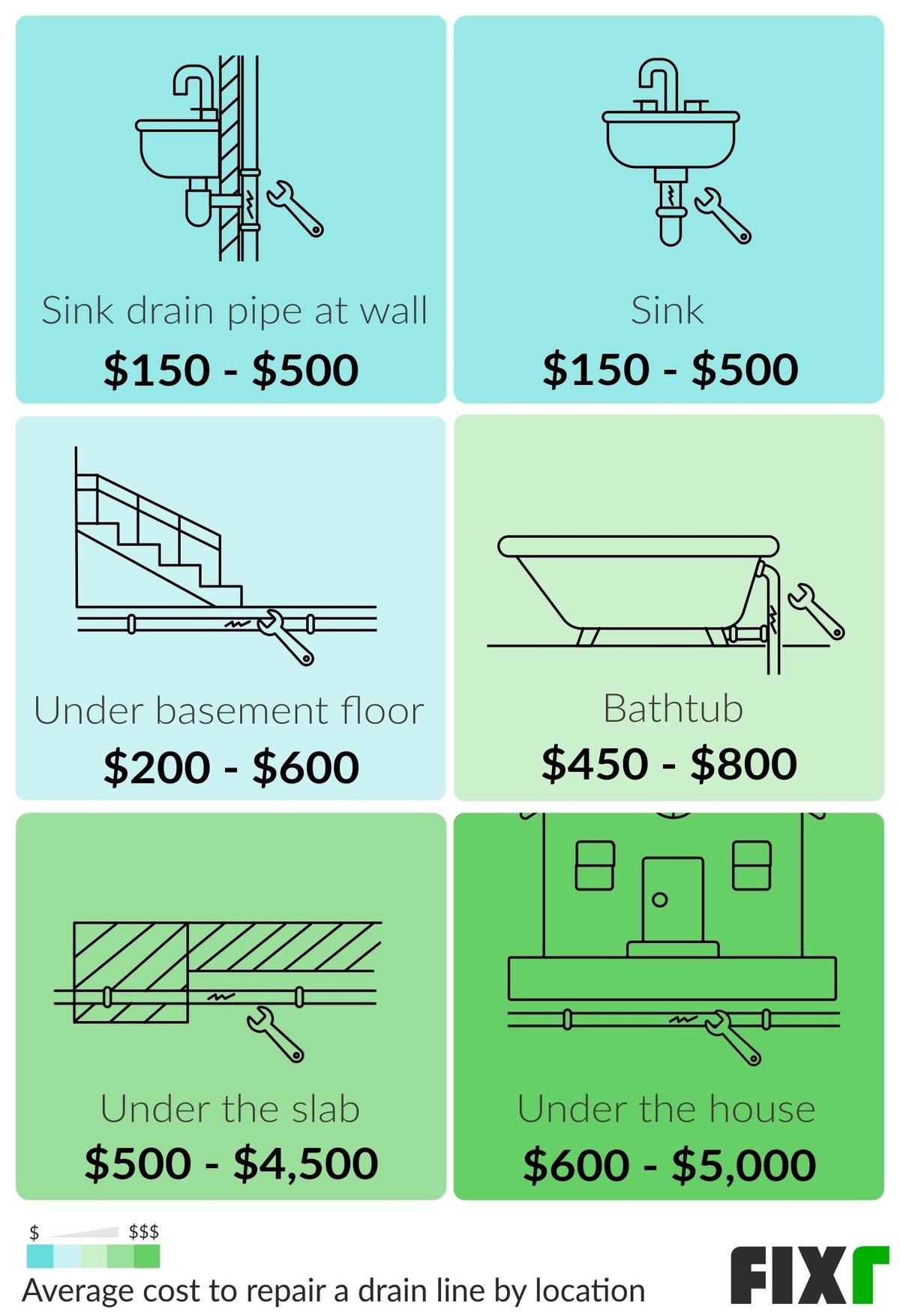

:max_bytes(150000):strip_icc()/how-to-install-a-sink-drain-2718789-hero-24e898006ed94c9593a2a268b57989a3.jpg)
/how-to-install-a-sink-drain-2718789-hero-b5b99f72b5a24bb2ae8364e60539cece.jpg)










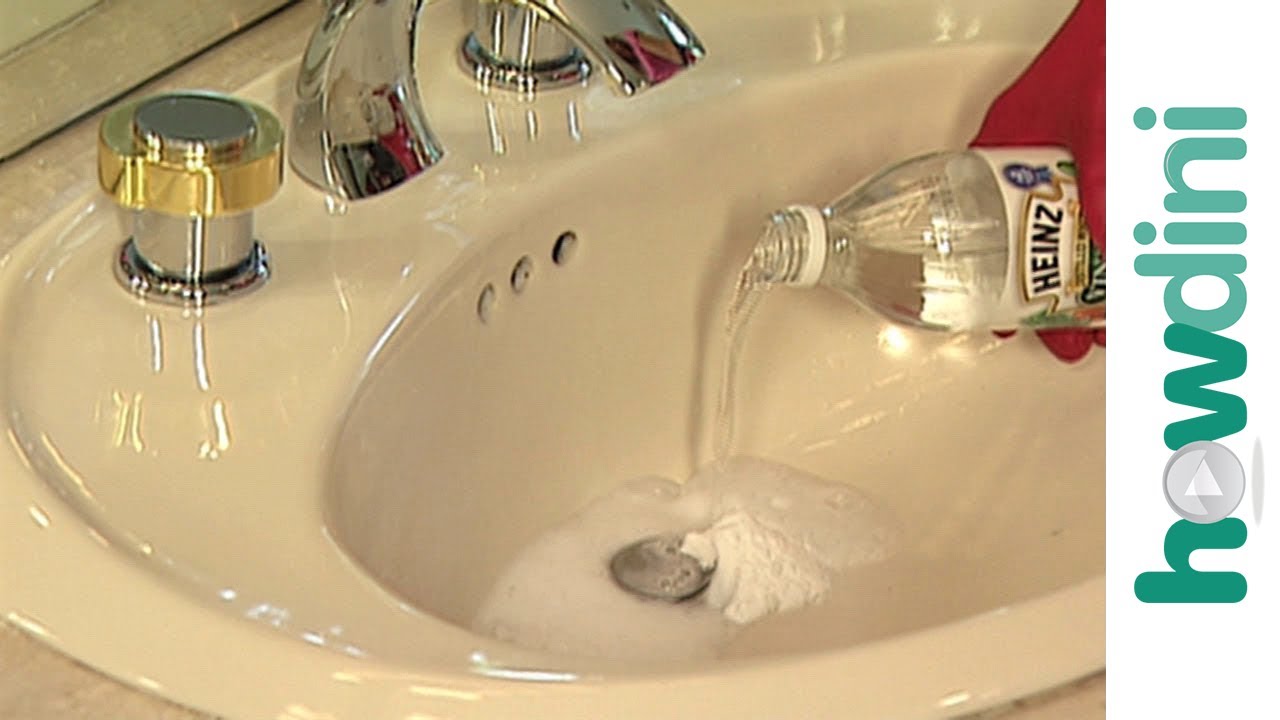




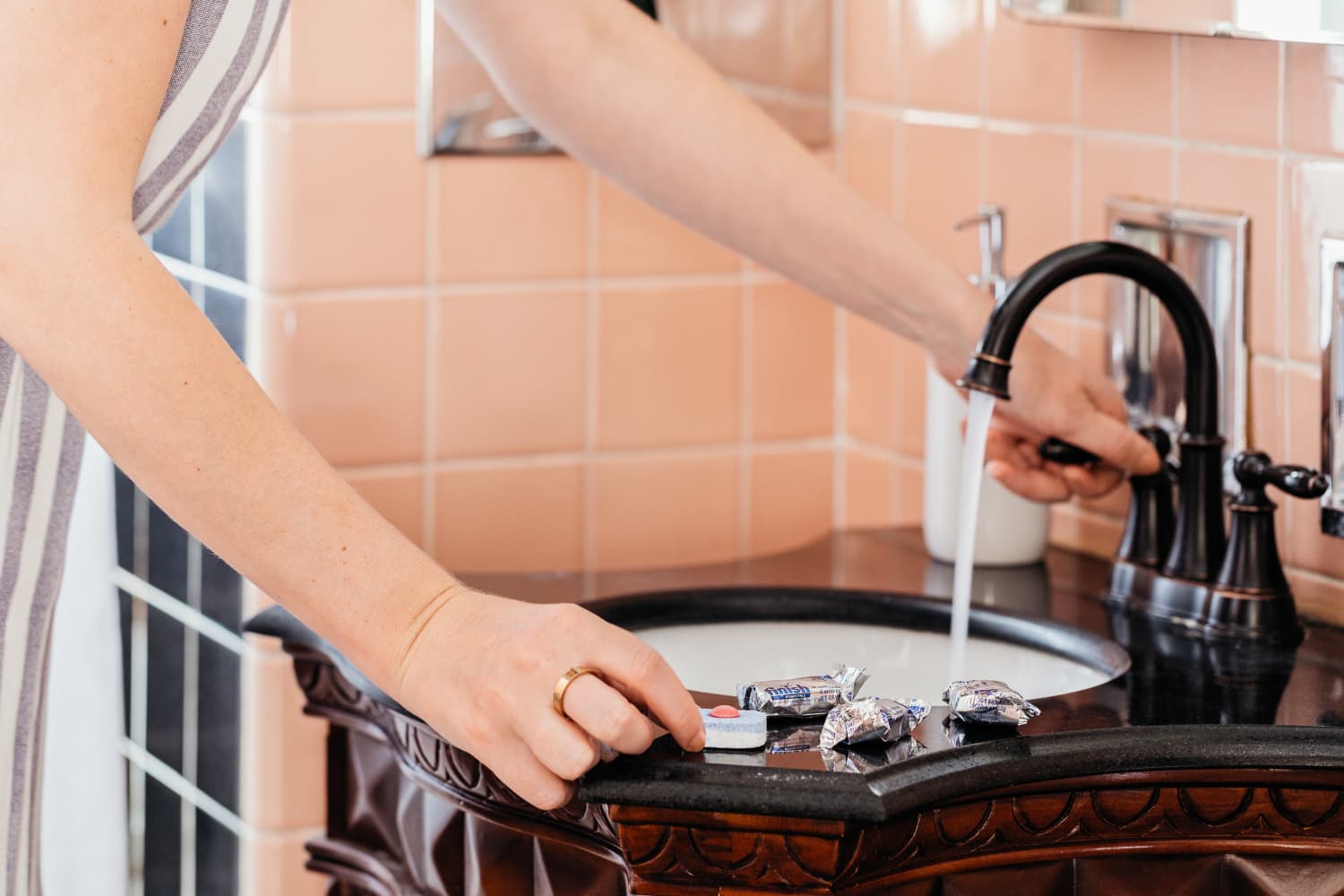






:max_bytes(150000):strip_icc()/DrainboardKitchenSink-5a762bbceb97de0037ef6fec.jpg)
:max_bytes(150000):strip_icc()/how-to-clean-a-kitchen-sink-and-drain-02-5660035-7a630bc36f2c401bbe412bbe85937ff3.jpg)

